Loch Ness, last night
Author Archives: qsf
How to detect AI snake oil
This is a great set of slides by Arvind Narayanan of Princeton, on the dangers of assuming that current AI, powerful though it is, can make much in the way useful predictions when it comes to complex social factors.
His key claim:
For predicting social outcomes, AI is not substantially better than manual scoring using just a few features.
It would be nice if he had more than one example in the talk, but the one he’s picked is a good one, and these are very readable slides.
The question UK voters should be asking this morning
Well, we live in interesting times! The key emotion most of us felt, I imagine, on hearing the election results, was one of amazement, closely followed by joy, anger, disappointment etc depending on your political persuasion. Almost nobody expected this result, and though the polls had been predicting a probable Conservative win, it was expected to be a modest one, and their lead had been diminishing in recent weeks. So this was fairly astonishing.
If you are as surprised as I am this morning, and as I imagine most of my acquaintances will be, whatever their political persuasion, then I think there’s a key question to ask yourself:
What is it about my social circle (both online and offline), my sources of news, my breadth of reading, my understanding of politics, my grasp of statistics, or my knowledge of history, that caused me to be so mistaken about the country’s mood? And how should I rectify that?
Capitalism and Machine Learning
You may have wondered why AI companies, like DeepMind, who specialise in machine learning systems, seem to devote so much time to creating systems that can play chess, or Go, or Space Invaders. Why don’t they do something more useful?
Well, part of the answer is that a machine, like a child, can only learn the right things if you give it very clear feedback about how it’s doing. And the key thing about games is that they have scores, which quickly give you this simple, unambiguous, reinforcement. And they do so without much delay, and in particular without much interpretation or interference by fallible humans.
Compare that with, say, recognising that a dot on an X-ray taken in one hospital eventually became a tumour which was diagnosed two years later by a physician in another clinic inspecting an MRI image taken from another angle. The key problem, in the majority of machine learning systems, is not the one of noticing the dot or even distinguishing it from other dots. It’s the one of assigning it a score, when there are so many complicated factors in the way.
I was thinking of this when reading David Brooks’s opinion piece in the NYT: “I Was Once a Socialist. Then I Saw How It Worked.” (This is behind a partial paywall, but you can probably read it with some carefully-placed clicks or a free subscription.)
Extract:
Socialist planned economies — the common ownership of the means of production — interfere with price and other market signals in a million ways. They suppress or eliminate profit motives that drive people to learn and improve.
It doesn’t matter how big your computers are, the socialist can never gather all relevant data, can never construct the right feedback loops. The state cannot even see the local, irregular, context-driven factors that can have exponential effects. The state cannot predict people’s desires, which sometimes change on a whim. Capitalism creates a relentless learning system. Socialism doesn’t.
Lots of good stuff in here, and most of it, no doubt, is not new, but I don’t normally spend more time than I have to thinking about politics!
All of these leaders understood that the answer to the problems of capitalism is wider and fairer capitalism.
…
But capitalism, like all human systems, is always unbalanced one way or another. Over the last generation, capitalism has produced the greatest reduction in global income inequality in history. The downside is that low-skill workers in the U.S. are now competing with workers in Vietnam, India and Malaysia. The reduction of inequality among nations has led to the increase of inequality within rich nations, like the United States.
…
These problems are not signs that capitalism is broken. They are signs that we need more and better capitalism.
…
A big mistake those of us on the conservative side made was to think that anything that made the government bigger also made the market less dynamic. We failed to distinguish between the supportive state and the regulatory state.
The supportive state makes better and more secure capitalists. The Scandinavian nations have very supportive welfare states. They also have very free markets. The only reason they can afford to have generous welfare states is they also have very free markets.
(Emphasis mine)
Good reading, given the current rhetoric of the UK political parties as we approach our election on Thursday.
Renewing your sense of pride?
The UK doesn’t have much to be proud of at present, but I think we can rightly feel pleased with ourselves about this:
In the third quarter of 2019, we generated 1% of our electricity from coal, 20% from nuclear, 38% from oil and gas. And 40% from renewables.
More details on this page. Extract:
This is the first-ever quarter where renewables outpaced fossil fuels since the UK’s first public electricity generating station opened in 1882. It is another symbolic milestone in the stunning transformation of the UK’s electricity system over the past decade.
Legacies
I remember, from childhood, a parody of Longfellow’s verse, which always amused me:
‘Lives of Great Men’ all remind us
As we through their pages turn
That we too may leave behind us
Letters that we ought to burn.
Some years ago I was trying to come up with a version for the modern age, and I stumbled across it this morning:
As you scoff at simple errors
In some ‘Great Man”s last spreadsheet,
Lurk within your email backups
Attachments you too should delete!
Mmm. Perhaps that was best consigned to the digital flames as well.
What’s behind a scary number?
A recent BBC article is entitled “”Electric cars: Best and worst places to charge your car””.
Extract:
The government has published new league tables showing which regions of the UK have the most charging points for drivers of electric vehicles. The most per 100,000 people are in London, followed by Scotland, while Yorkshire is the worst by that measure.
Outside London, Orkney and Milton Keynes have the most. But Barrow-in-Furness and Scilly each have none.
There’s a nice map showing the current state of play.
A bit later, though, the article starts to introduce some rather worrying numbers:
The government wants the UK to have net zero carbon emissions by 2050. Scottish Power estimates that in order to achieve this, the UK needs to have 25 million charging points for electric vehicles – the equivalent of installing 4,000 a day – and 23 million electric heat pumps to replace domestic gas boilers.
Mmm.
This is a topic of great interest to me, and the underlying data is useful, but the article is somewhat flawed almost from the start. The first thing to notice is that it never distinguishes between public and private charging points. In fact, if you look at the source, the league table is talking about public charging points, where Scottish Power are talking about public and private ones.
Nonetheless, it is indeed a lot of charging points, though the article’s second error is in ascribing the figure of 4000 installations per day to car chargers: in fact the numbers are about 2000 each for chargers and for heat pumps.
Then they hammer home the size of the challenge with this:
And all at a cost of nearly £300bn.
Wow! Another big and scary number. How on earth are we ever going to do this?
But let’s think about it for a moment…
Many numbers are not quite so scary when you consider them rationally and in context.
25 million is approaching the current number of households in the UK, and, yes, if we don’t have petrol vehicles, most people will probably want to charge their cars at home. That’s also why the heat-pump number is on a similar scale.
But remember, we’re talking about a target which is 30 years away.
According to this article, the UK installed 1.7 million new boilers in 2018! This makes sense, if you think about it: how many households are there, and how long does a boiler last? If that rate continued, then between now and 2050, 51 million new boilers would have been installed anyway.
Switching to heat pumps may be slightly more involved, but it sounds a bit more plausible now. And installing charging points only needs to happen at half the rate of central heating boiler replacement!
But that, of course, does not make for such enticing journalism.
Wait, though – what about that enormous £300-billion cost?
Well, there are about 70 million people in the UK, and that cost will be spread over 30 years. So that’s £142 per person per year, or about 39p per person per day.
Would you pay that for a carbon-neutral future? I would!
Let’s get on with it!
Zipping along to the plumber
I’ve often bemoaned the fact that so many garments, bags, etc are spoiled by the failure of their zipper; an event which turns something previously warm and cozy into a source of frustration. But unstitching the zip and installing a new one is often tricky and therefore time-consuming or expensive; generally not worthwhile on an old garment or bag.
Not all zipper failures are terminal, however; many can obviously be repaired with a bit of jiggling, but many more can probably also be fixed with some cunning techniques. A retweet by my friend Lyndsay got me thinking along these lines, and I went and searched YouTube for ‘zipper repair’, and you can find a wealth of tips and suggestions: almost anything except significant loss of teeth can be fixed without the zipper needing to be replaced.
Here are some basic tips to get started:
But for a larger selection of example fixes, you might want to browse this playlist from UCAN, a US-based zipper company. Lots of good stuff there.
OK, so what’s that bit in the title about plumbers?
Well, it’s not, I admit, a very obvious connection, except that if you’re in the mood for fixing things yourself, I’ve become a fan of another source of YouTube wisdom. There’s a retired plumber named Al who has a great set of videos about how to fix various plumbing issues: what to do if your kitchen mixer tap is leaking into the cupboard below, suggestions for fixing leaking gutters, how to use compression couplings to join copper pipes…
Al has uploaded hundreds of videos on all sorts of topics, not just plumbing, but I do like his plumbing ones: they’re completely unpretentious, unbiased chunks of accumulated wisdom and it’s just the sort of thing YouTube does well.
Unidirectional Twitter
I happened to notice that my wife, who has never subscribed to any kind of online social network, was reading somebody’s Twitter feed (just by visiting their page with her browser).
“Ha!”, said I. “I bet you don’t even read your husband’s Twitter feed!”
“I didn’t know you had a Twitter feed!”, she replied.
Well, that’s fair enough, I suppose. I’ve only been tweeting for 11 years, and no doubt she would have found out about it eventually if I kept it up.
It did make me wonder, though, how many others may be using Twitter in read-only mode?
Twitter is somewhat unusual in allowing full public access to the content without requiring you to have an account, and if you do just go to ‘twitter.com/username‘ without being logged in, you get a rather different experience from that of the typical Twitter user.
It’s not necessarily an inferior one, either: you don’t get advertisements, and you play a more conscious role in deciding what you read because you’re either viewing the feed of an individual (and their retweets), you’re viewing a discussion thread, or you’re seeing everything relating to a particular hashtag. There’s none of the chaotic jumble of a personalised, commercialised, firehose.
Interesting…
I don’t think we’re in East Anglia any more, Toto…
A couple of weeks ago, I went to a work-related conference in Bern, Switzerland, and was fortunate enough to have a couple of days’ walking in the mountains at Saas Fee beforehand. (Thank you, Peter!)
I had skiied there before, but never visited at this time of year. It really is a very pretty spot.
Better views than the average working week, I think.
Reflections on Inflections
“”I expect our sales””, says the marketing manager confidently, “”to have an inflection point in Q1 next year””.
This is a pet peeve of mine. I’ve often heard sales and marketing types, and even economists and scientists who should know better, use ‘inflection point’ simply to mean ‘a sudden change in the direction I’d prefer’. Perhaps they think an inflection point is the sharp bend in a hockey-stick-type curve, or the lowest point on a line that is about to turn upwards.
In fact, an inflection (or occasionally ‘inflexion’) point on a graph is technically where the second derivative is zero and changes sign: i.e. where the gradient changes from decreasing (or increasing) to increasing (or decreasing). Another way to think of it is that, viewed from the side, the line changes from concave to convex, or vice versa.
So, typically, an inflection point looks like this:
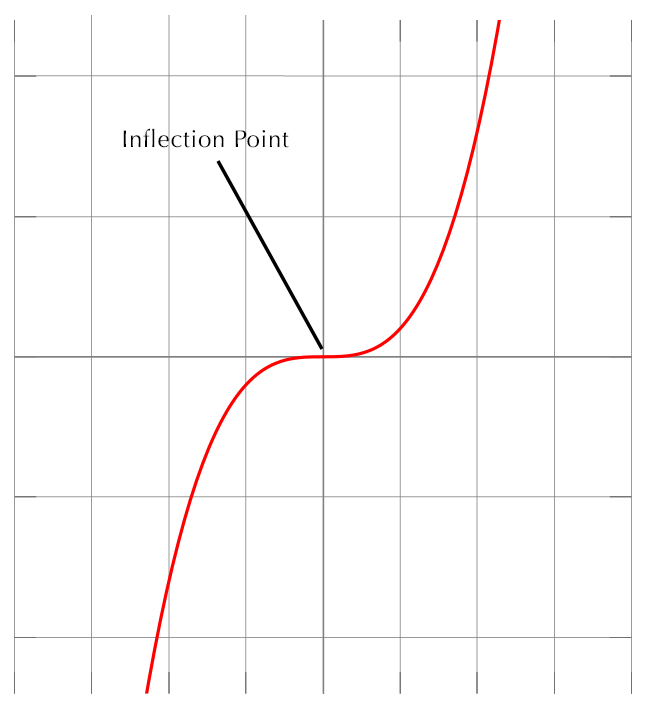
But, when touting your sales figures, remember that this is also an inflection point:
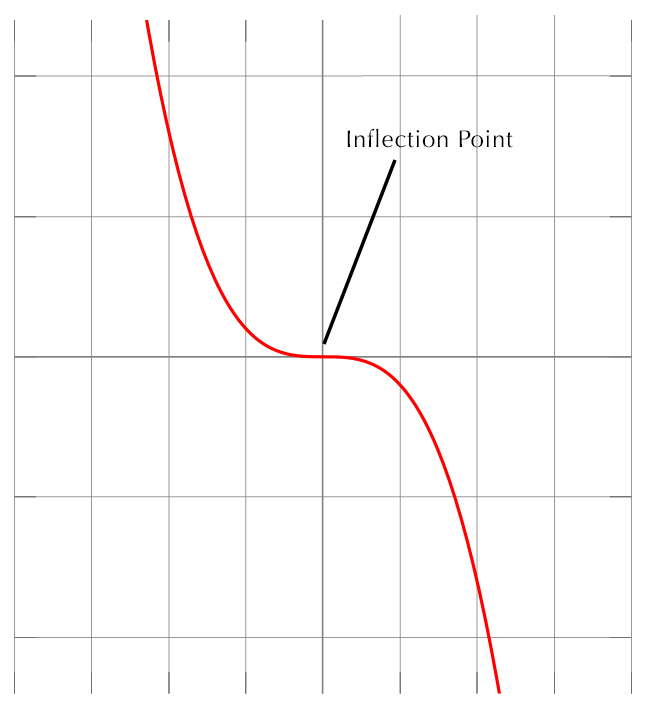
And so is this:
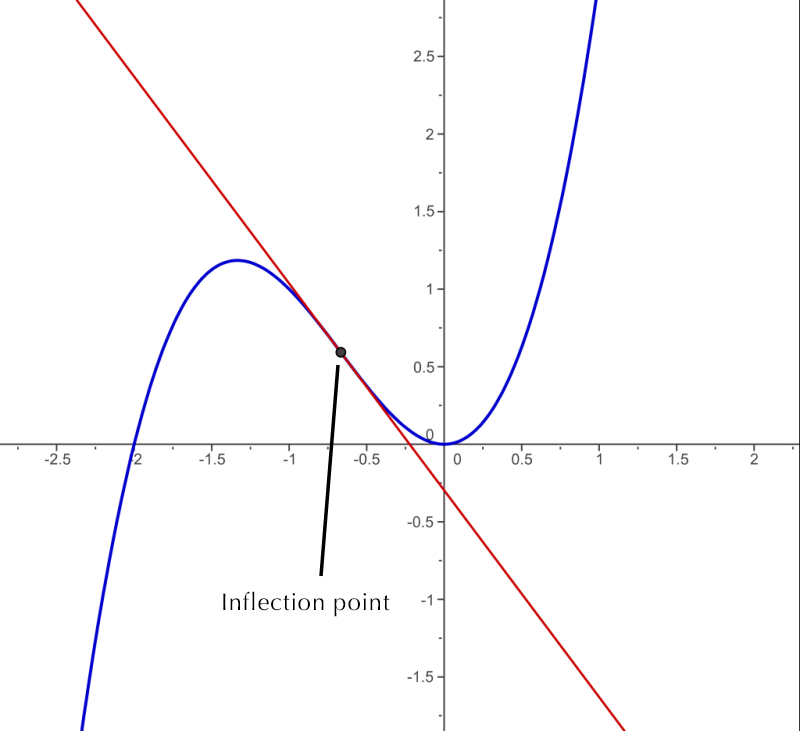
Doing a quick search, I came across an article from Thoughtworks all about inflection points and how they are important to your business. Sadly, they get it completely wrong.
As a technology leader, a portion of your analysis should revolve around determining inflection points, the critical phases of transitions along a technology’s journey from an abstract idea to maturity.
Inflection points are the points at which a product becomes a trend (something that will be used by a critical mass and therefore likely to drive value) instead of a fad (something that will fizzle out).
And here’s their illustration:

But you, gentle reader, know better. That’s not an inflection point! This is an inflection point:
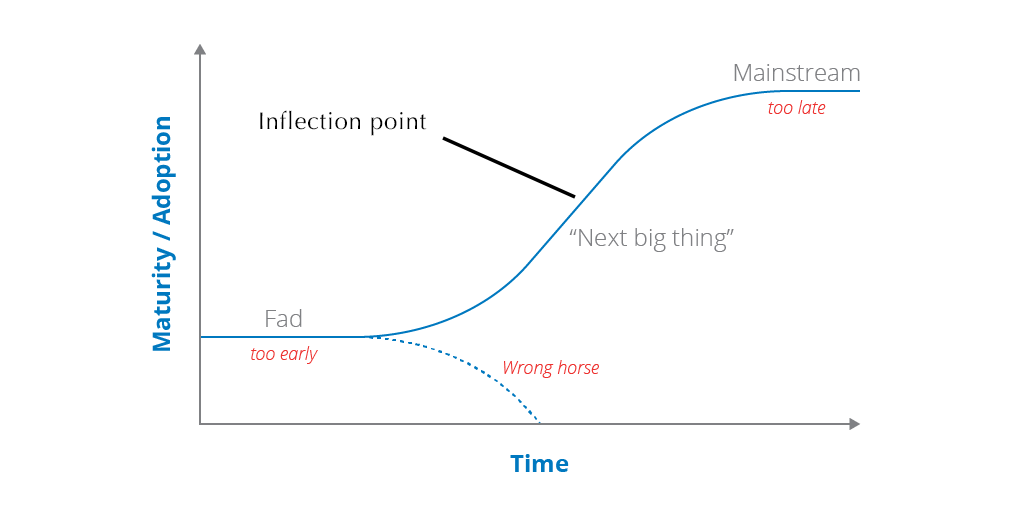
And if your strategy was to catch technologies there, I think you’d write a rather different article.
© Copyright Quentin Stafford-Fraser
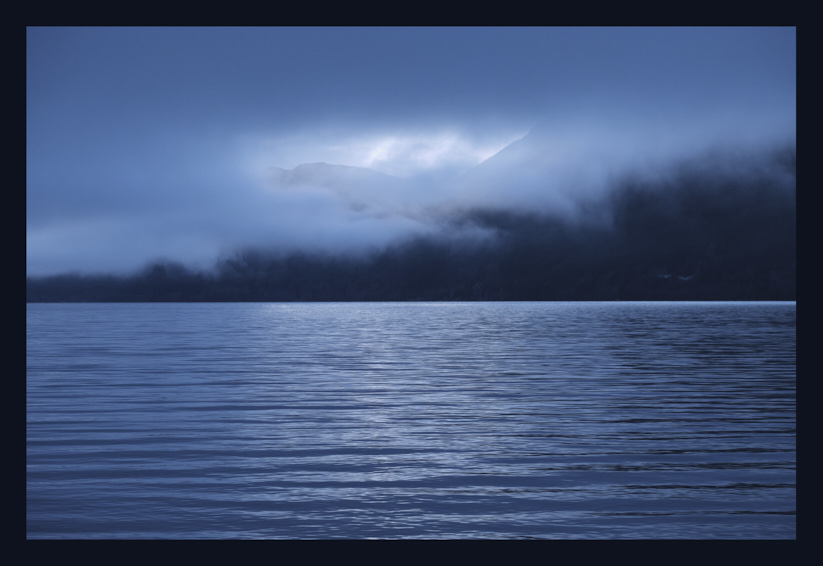

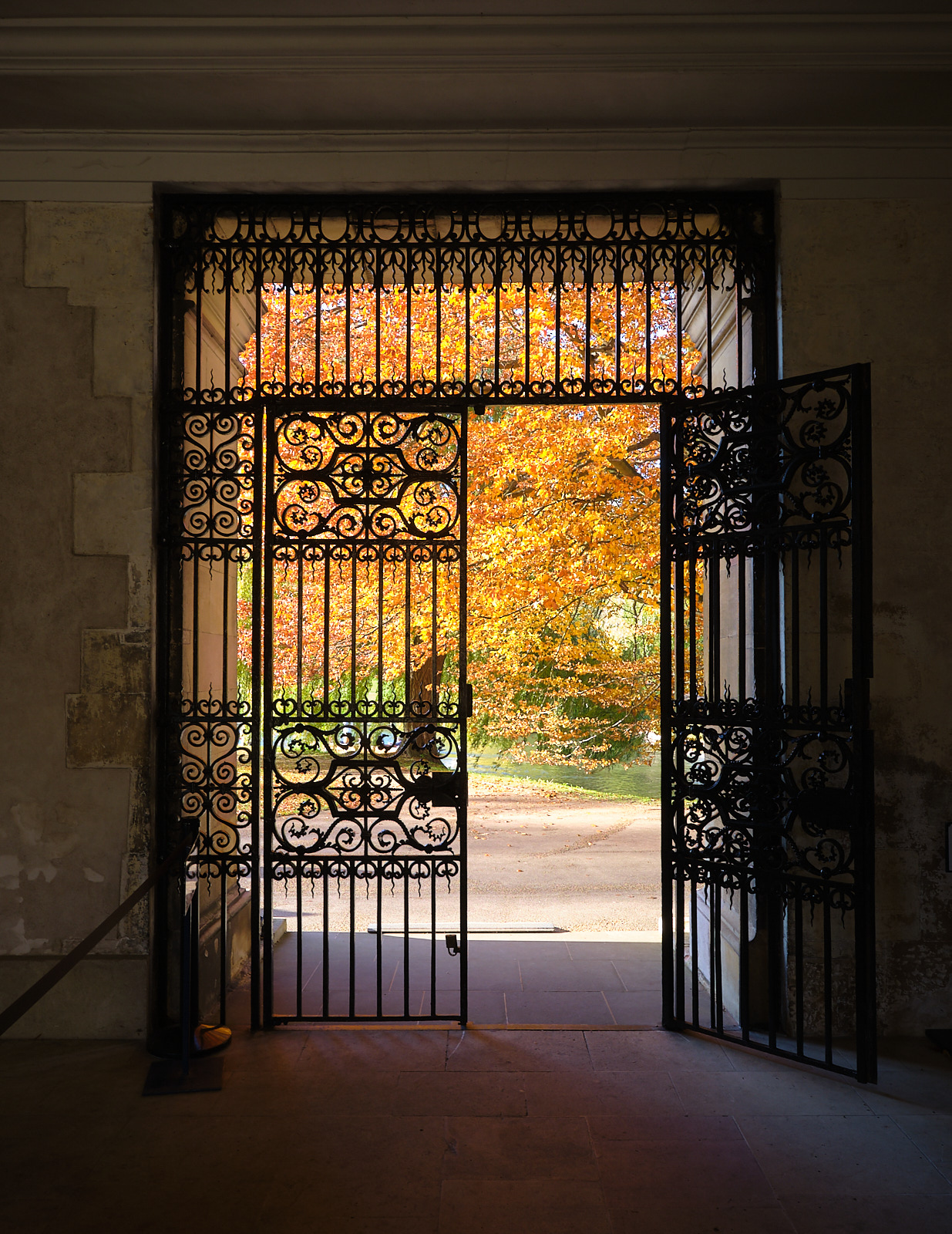



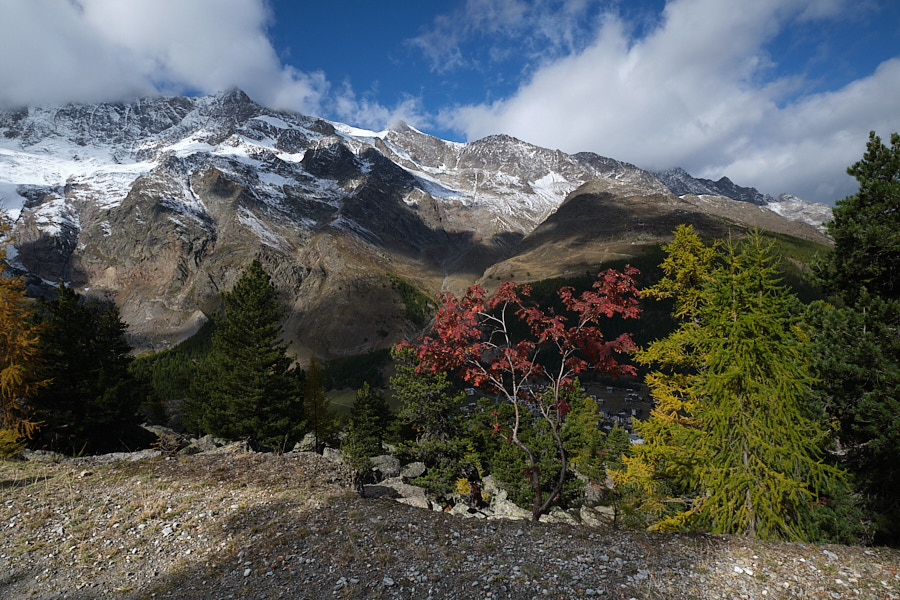

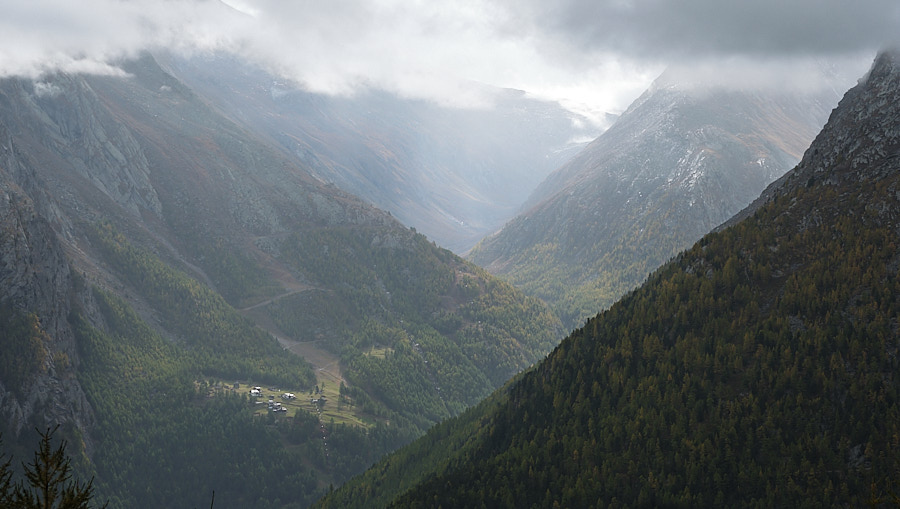
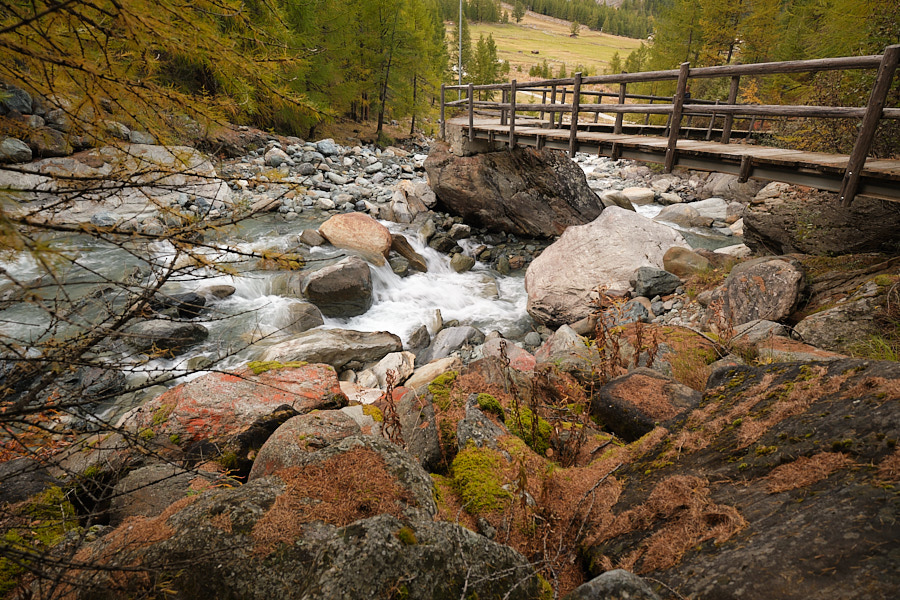
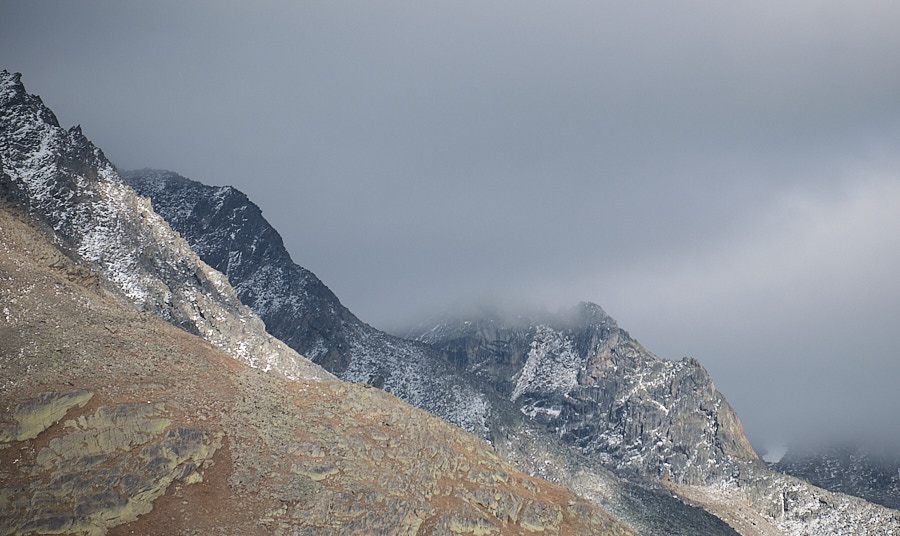
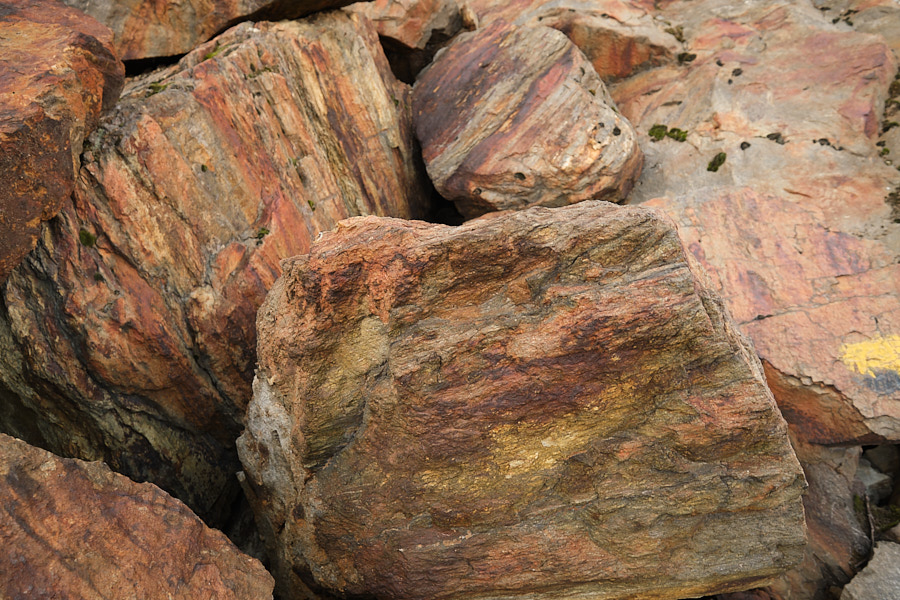


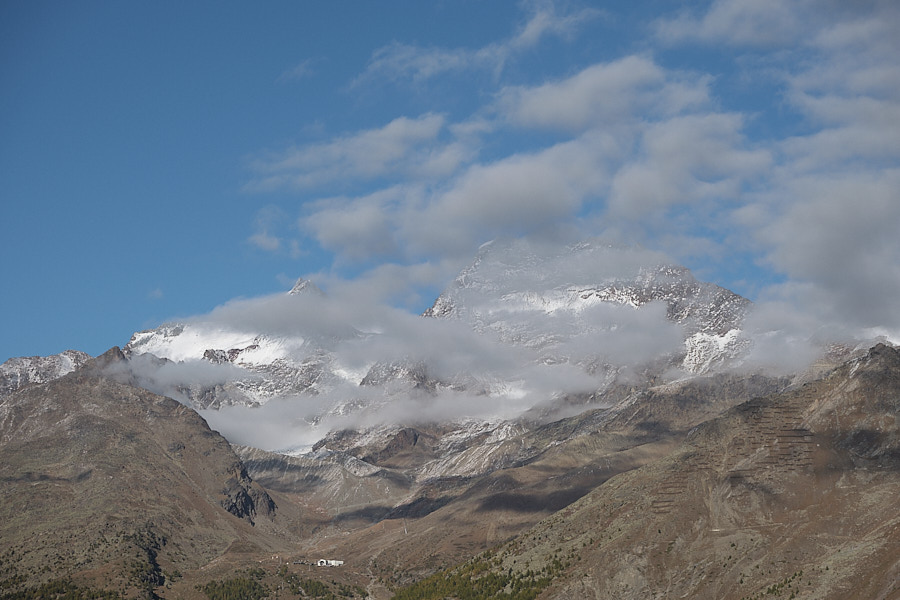

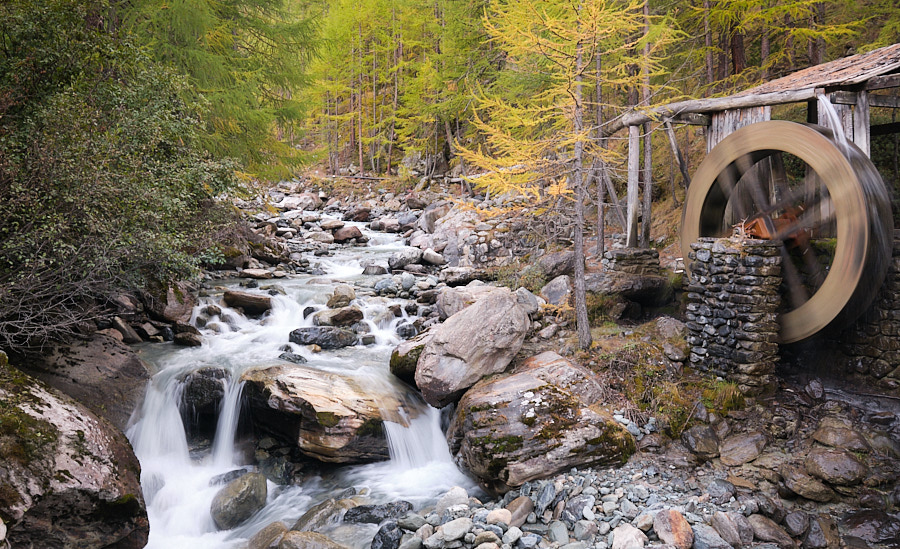
Recent Comments